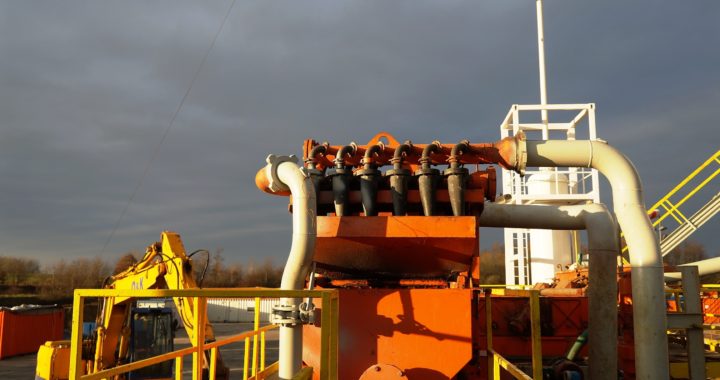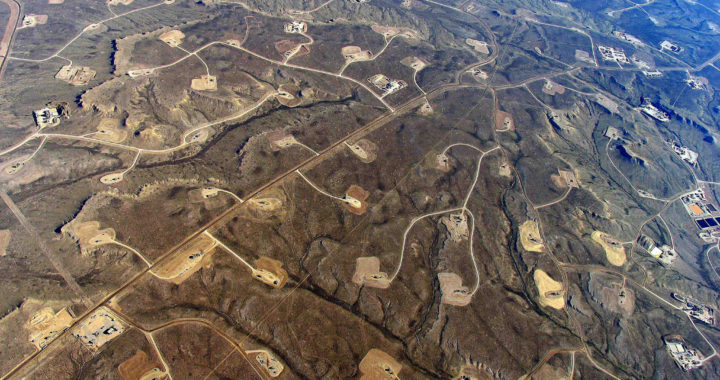In early January, the Trump administration released a bold new proposal to boost the efficiency of American business while preserving the sanctity of the U.S. environment. The initiative would streamline the currently protracted environmental impact review process by shaving as much as fifty percent off the current wait time.
Five Years and Counting
On the first day of January, 1970, President Richard Nixon signed into law the National Environmental Policy Act (NEPA). The new law required the government to conduct an assessment of the potential for adverse environmental impact on any new project taking place on federal lands. Nixon’s goal was to enact legislation that required citizens and businesses alike to stop and think about their actions before plunging ahead with any plans.
In those early days of NEPA, the entire review process took a matter of weeks. Over the years, however, a series of court cases that imposed consistently harsher regulations on the environmental impact process saw it continue to expand beyond control. Today, the average environmental impact review takes more than five years from filing to approval. That’s assuming that things don’t go wrong or that the review office in question isn’t overwhelmed or underfunded. Some environmental review processes can last as long as seven years.
Maintaining an Environmental Commitment
On January 10, roughly 50 years after the legislation became law, the Trump administration suggested trimming the environmental review process down to a maximum of two years. Anti-energy protestors paint the decision as a ‘dangerous move.’ Those inside the industry, however, understand that the environmental review process has become overloaded with bureaucratic bloat.
Erik Milito, president of the National Ocean Industries Association, wrote in a statement, that NEPA, “has become associated with inherent uncertainty, prolonged project delays and stifling of investment.”
Experts, meanwhile, suggest that the environmental impact review process could easily be streamlined. Redundant and outdated procedures abound throughout the environmental impact review process and could be easily eliminated without posing a danger to the environment.
It’s also important to note that “two years” is a suggested goal, not a hard and fast rule. There was no suggestion that NEPA would have any necessary regulations removed, regardless of how much time they added to the overall process.





